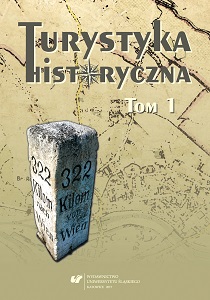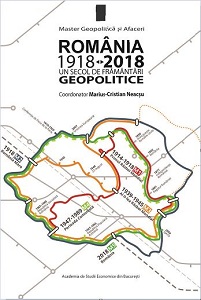
Pod przewodem Katarzyny Medycejskiej – dwór Karola IX Walezjusza w podróży
In the sixteenth century, the French kings traveled for various reasons. It resulted mostly from the greater need of ruling their country directly and remaining in contact with their officials and subjects, as well as the province, instead of reigning from a distance, which makes the control impossible. However, the necessity of feeding numerous members of the court was also important. Since the negligence of servants and members of the court ended up with the accumulation of dirt in the castle halls, such travels also provided an opportunity to clean them. The ruler who kept on the move could encounter his or her subjects and observe the conditions they lived in. As for Catherine de’ Medici, not only did the movement of the court allow her to control the situation in France, but also to meet those members of her family who lived beyond its borders. Thus, her activity and attitude prevented her from restricting contacts with her daughters and her sister-in-law, and allowed her to meet her grandchildren, which was an exceptional case among the monarchs contemporary to her. Full of toil and difficulties, the traveling court was also a source of entertainment. During the reign of Charles IX, between 1563 and 1566, the grand tour was organized. Ambitious and energetic, the queen wanted to entertain her son and to beguile the time; however, this was motivated not only by her own desire to replace him as the rightful ruler, but also because of the mere fact that she perceived playfulness as an important aspect of our lives. The mother, the son, the members of their court and family surrounding them journeyed together, tackling their duties and simultaneously having fun; aside from that, they gained an ample opportunity to get to know their country and subjects better. This knowledge, in turn, facilitated apt decisions protecting the interests both of the subjects and the monarch.
More...
